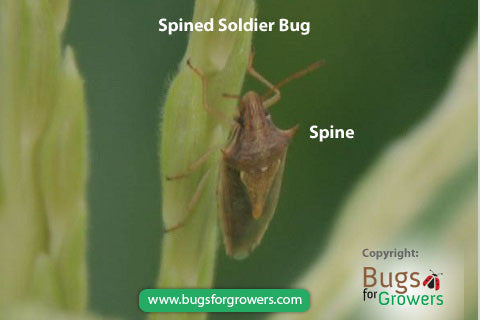Mexican bean beetle
Importance of Mexican bean beetle
Mexican bean beetles, Epilachna varivestis are considered one of the most devastating pests of many bean crops Black-eyed beans, French beans, lima beans, mung beans, snap beans, soybeans and velvet beans. Although Mexican bean beetles mainly feed on various bean crops, they can cause a serious damage to beet, pea, squash and tomato leaves.
Facts (show all)
- Taxonomy and list of the most economically devastating species of Mexican bean beetle
-
- Common name: Mexican bean beetle
- Scientific name: Epilachna varivestis
- Kingdom: Animalia
- Phylum: Arthropoda
- Class: Insecta
- Order: Coleoptera
- Suborder: Polyphaga
- Family: Coccinellidae
- Subfamily: Epilachniae
- Genus: Epilachna
- Species: E. varivestis
- Identification of Mexican bean beetle
-
Adults: Adults of Mexican bean beetles are oval shaped, about 7 mm long and orange in color with eight black spots on each of their two fore wings (Elytra).
Eggs: Eggs of Mexican bean beetle are tiny and yellow in color.
Larvae/grubs: The mature larvae of Mexican bean beetle are greenish yellow in color, about 9 mm long with several branched dark yellow spines present all over the body.
Pupae: Pupae of Mexican bean beetle are spineless and yellow in color.
- Biology of Mexican bean beetle
-
The life cycle of Mexican bean beetle consists of four stages including adults, eggs, larvae and pupae. Mexican bean beetles overwinter as adults in previous crop debris or in the bushes. In the spring, adult beetles emerge out from their overwintering sites and mate. The mated females then lay eggs in a mass of 60- 70 eggs on the undersurface of the bean leaves or on the pods or stems. Eggs hatch within 1-2 weeks into small yellow colored larvae that develop through four developmental stages. Matured larvae pupate on the underside of the bean. Then adults of Mexican bean beetles emerge from pupae within 7 days and life cycle continues.
- What type of damage is caused by Mexican bean beetle?
-
Both adults and larvae of Mexican bean beetles cause a serious feeding damage mainly on the underside of the leaves but they can also feed on flowers, pods and stems. Both adults and larvae feed by scrapping the underside of leaf tissue in irregular patches. In case of severe feeding, they only leave leaf veins intact giving skeletonized appearance to bean leaves. The damage caused by Mexican bean beetles mostly prevalent in Early July through late August.
- Cultural and Biological control of Mexican bean beetle
-
Cultural methods include hand picking of both the adults and larvae of Mexican bean beetles and killing them. Also, crushing the egg masses of Mexican bean beetles on the bean leaves with the thumb and index finger can help to prevent hatching of first generation larvae of these beetles.
Biological control of Mexican bean beetles can be achieved by releasing commercially available beneficial insects like predatory spined soldier bug, Podisus maculiventris and parasitic wasp, Pediobius foveolatus for the effective killing of Mexican bean beetle larvae and pupae.
- Beneficial predatory insects that are effective against Mexican bean beetle
-
- Predatory spined soldier bug, Podisus maculiventris
- Beneficial parasitic wasps that are effective against Mexican bean beetle
-
- Parasitic waspPediobius foveolatus
- Fact Sheets
-
Annonymous 2015. Featured Creatures, Entomology and Nematology, University of Florida. http://entnemdept.ufl.edu/creatures/veg/bean/mexican_bean_beetle.htm
Cranshaw, W.S. 2015. Lady Beetles. http://www.ext.colostate.edu/pubs/insect/05594.html



